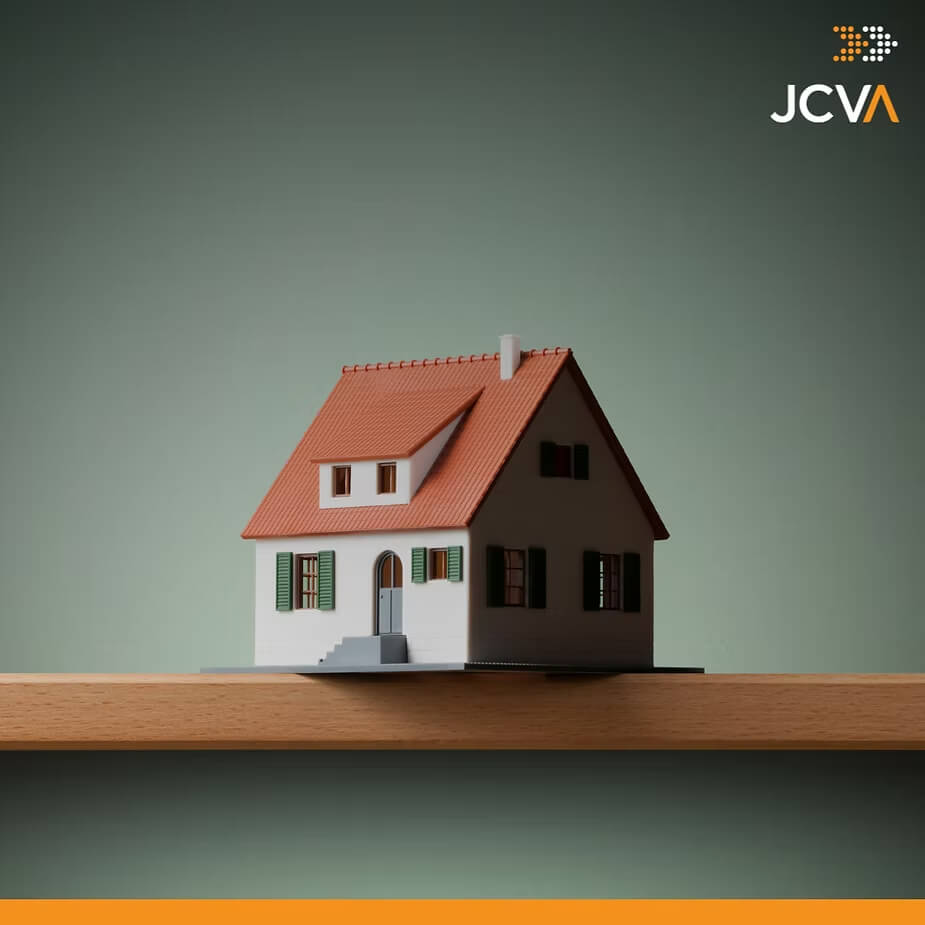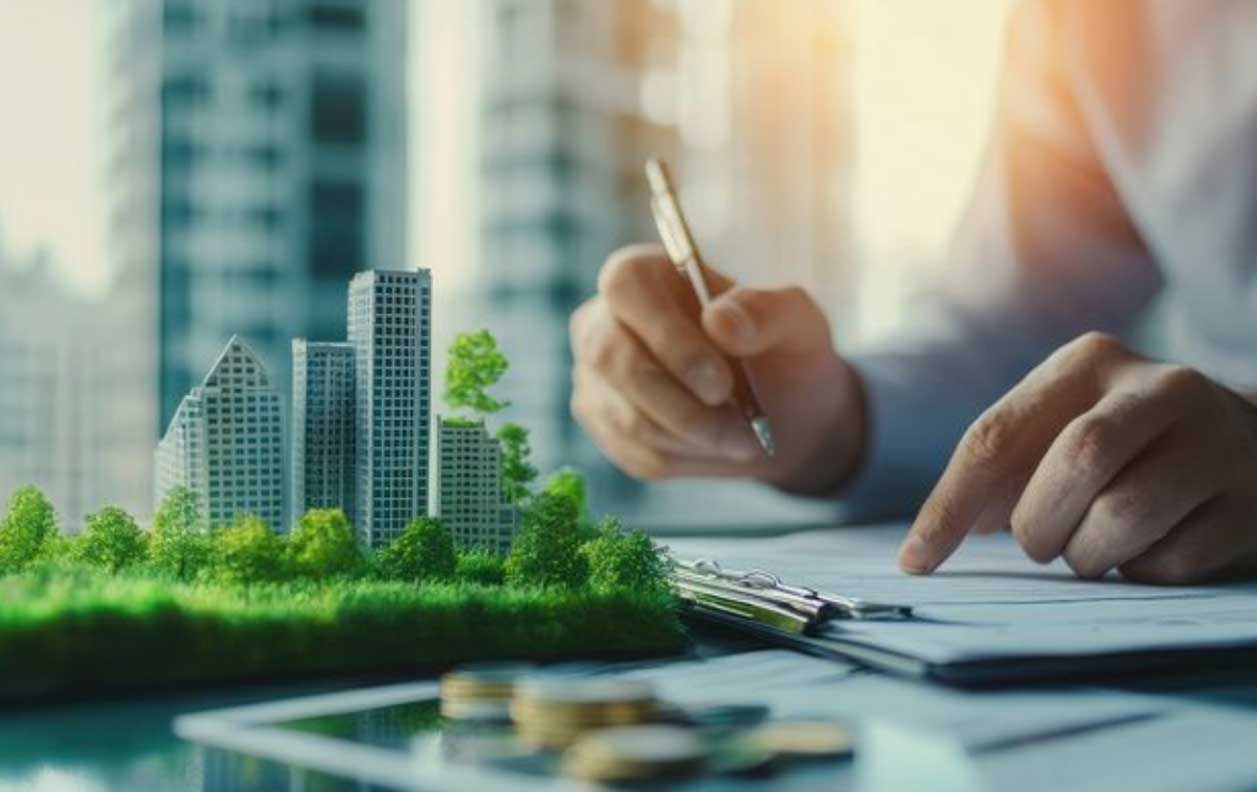
The recent climate crisis and inflation have made it clear to many consumers that it’s time to find alternative and cost-effective methods of living. The Passive House method was revolutionary in its time as a way to live using less energy while retaining all the basic comforts of a typical home.
Recently, this style of building has become popular for commercial complexes, public buildings, and homes. Some countries promote this style of energy-efficient building by offering construction companies the financial support needed to build them.
The Passive House was established in Germany in 1996 and became a pioneer in low-energy houses. Now, it’s one of the leading standards for homes because their design uses sunshine, shading, and ventilation or ”passive influences.” This structure stands out because of its maximum airtightness and insulation, which helps the home use 90% less energy.
Also known as ‘Passivhaus Buildings’ it started as a series of research projects that led to a series of recommended principles that enhanced performance goals. These principles are:
It’s with this set of building standards that houses and structures are created to be comfortable and consume minimal energy. They’re not limited to any one style, but you can recognize them by observing the thick walls and triple-glazed windows. The temperature in these homes remains consistent and is quiet thanks to the thick walls that enable less noise pollution.
The cost of building a passive home can be surprisingly affordable when compared to the usual building costs. But, thanks to the lowered energy usage, homeowners can count on long-term returns on their investments.
Residents who have had the opportunity to live in Passive Homes have reported experiencing a comfortable quality of life during the cold and summer months.
Although Passive Homes use higher quality building materials to ensure the Passive House Standard, costs are alleviated over the long term by not using the standard heating or cooling systems.
The SIPs used to insulate Passive Houses aren’t the most environmentally friendly however because their insulation capability is unmatched the cost of using them for Passive Houses has greater long-term benefits than not using them.
Because of their level of insulation and airtight features the quality of life that a Passive House provides is high. The Passive House Standard doesn’t allow for “weak spots” around any part of the structure to get rid of cold spots and excessive heating usage.
It’s not difficult for any competent architect to be able to create a Passive House design. The Passive House Standard’s versatile measures can be used on more than just homes, schools, office buildings, and commercial complexes that can be built using this standard.
Imagine a thermos bottle that retains heat from hot coffee and the coolness of a cold drink, this is how a Passive House works. Thanks to the principles that define this, the structure relies heavily on each principle.
1. Airtight Construction
No ‘weak spots’ or cold areas signify uncontrolled airflow between the inside and the outside.
2. High-Quality Windows
A well-insulated building needs superior quality windows to ensure good insulation and low thermal conductivity.
3. Excellent Insulation
Having good insulation is one of the founding principles of this design because it minimizes any heat exchange with the outdoors.
4. Mechanical Ventilation with Heat Recovery
This guarantees good air quality by coupling good insulation and high-quality ventilation.
5. No Thermal Bridging
No gaps in any of the walls, floors, and roofs to reduce the need to use heating or cooling.
A Passive House is one of the ways that we can protect the future while we’re in the present. You’re not only protecting the environment but also your wallet and savings.
Sources:
https://passipedia.org/basics/what_is_a_passive_house
https://www.remodelista.com/posts/what-is-a-passive-house
https://www.rockwool.com/group/about-us/our-thinking/energy-efficiency/passive-houses
We manage risks, build strong stakeholder relationships, and deliver solutions that reflect global best practices, backed by deep local industry knowledge.
If you're looking for a reliable partner to bring your vision to life, JCVA is here to build it with you.


